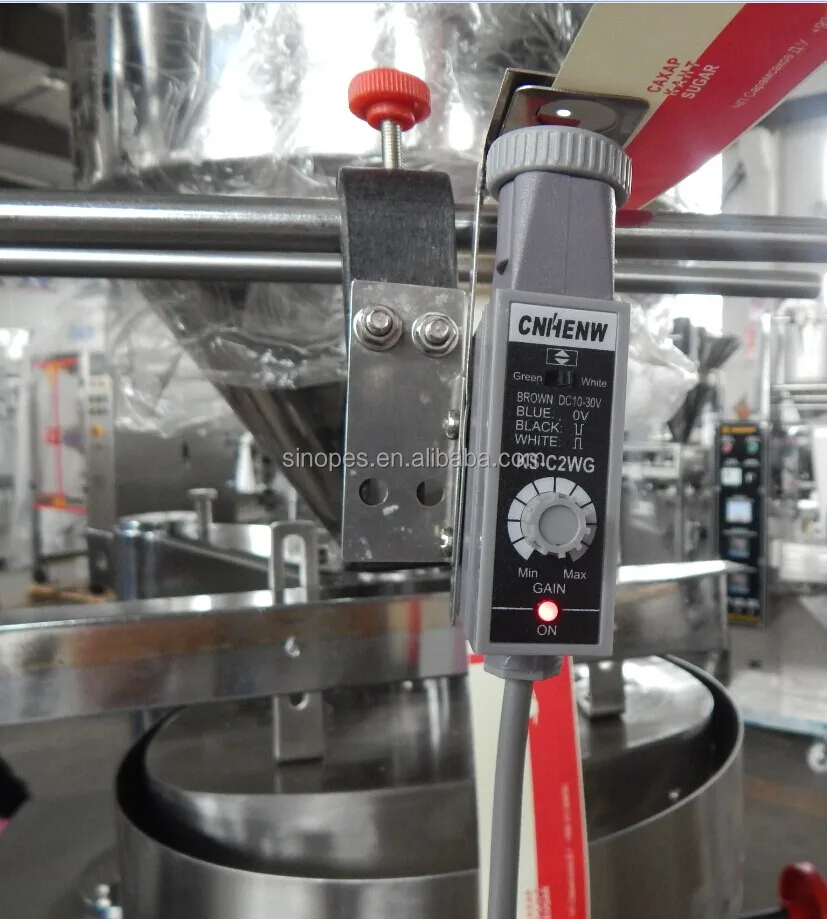Everything You Need to Know About RAMs for Consumer Electronics in 2025
In today's fast-paced digital world, RAMs (Random Access Memory) play a crucial role in determining the performance of consumer electronics. Whether you're upgrading your gaming PC or sourcing components for smart devices, understanding RAMs is essential. This guide will help you navigate the market, especially when buying from Chinese manufacturers in 2025.
How to Find Reliable RAMs from China in 2025
The Chinese electronics market offers competitive pricing for RAMs, but quality varies. Look for manufacturers with:
- ISO 9001 certification
- Minimum 3-year warranty
- Positive customer reviews on Alibaba
- OEM/ODM capabilities
Top platforms like Alibaba show that reputable suppliers often provide free samples for quality testing before bulk orders.
What Buyers Should Know Before Buying RAMs from China
When importing RAMs from China, consider:
- MOQ (Minimum Order Quantity) requirements
- Shipping costs and lead times
- Compatibility with your devices
- After-sales support availability
Many successful buyers recommend requesting product test reports and verifying supplier credentials through third-party inspection services.
Types of RAMs
The main RAMs types include:
- DDR4: Current standard for most devices
- DDR5: Emerging technology with higher speeds
- LPDDR: Low-power versions for mobile devices
- GDDR: Specialized for graphics processing
According to market trends, DDR5 adoption will increase significantly in 2025, offering 50% better performance than DDR4.
Functions and features of RAMs
RAMs serve as temporary storage that allows your device to access data quickly. Key features to consider:
- Capacity (4GB-128GB range)
- Speed (measured in MHz)
- Latency (CL timings)
- Voltage requirements
High-performance RAMs now incorporate heat spreaders and RGB lighting for better thermal management and aesthetics.
Scenarios of RAMs
RAMs are used across various applications:
- Gaming PCs: Require high-speed DDR4/DDR5 modules
- Smartphones: Use power-efficient LPDDR
- Servers: Need ECC (Error-Correcting Code) RAM
- IoT Devices: Often use specialized low-power modules
A case study showed that upgrading from 8GB to 16GB RAMs improved multitasking performance by 40% in typical office environments.
How to Choose RAMs
Selecting the right RAMs involves:
- Checking your device's specifications
- Determining your performance needs
- Considering future upgrade paths
- Balancing budget with quality
For most users in 2025, 16GB DDR4 or 32GB DDR5 will be the sweet spot for performance and value.
RAMs Q & A
Q: How often should I upgrade my RAMs?
A: Typically every 3-5 years, depending on your usage patterns and software requirements.
Q: Can I mix different brands of RAMs?
A: It's possible but not recommended, as it may cause compatibility issues.
Q: What's the difference between CL16 and CL18 RAMs?
A: CL16 has lower latency (better performance) but is typically more expensive than CL18.
Q: Are Chinese RAMs reliable?
A: Many are excellent quality, especially from established manufacturers with proper certifications.
Q: How important is RAM speed for gaming?
A> While important, the difference between 3200MHz and 3600MHz is often less than 5% in actual game performance.



.jpg_300x300.webp)















































